CPS Unit Number 022-01
Camp: 22
Unit ID: 1
Operating agency: MCC
Opened: 11 1941
Closed: 11 1942
Workers
Total number of workers who worked in this camp: 250
-
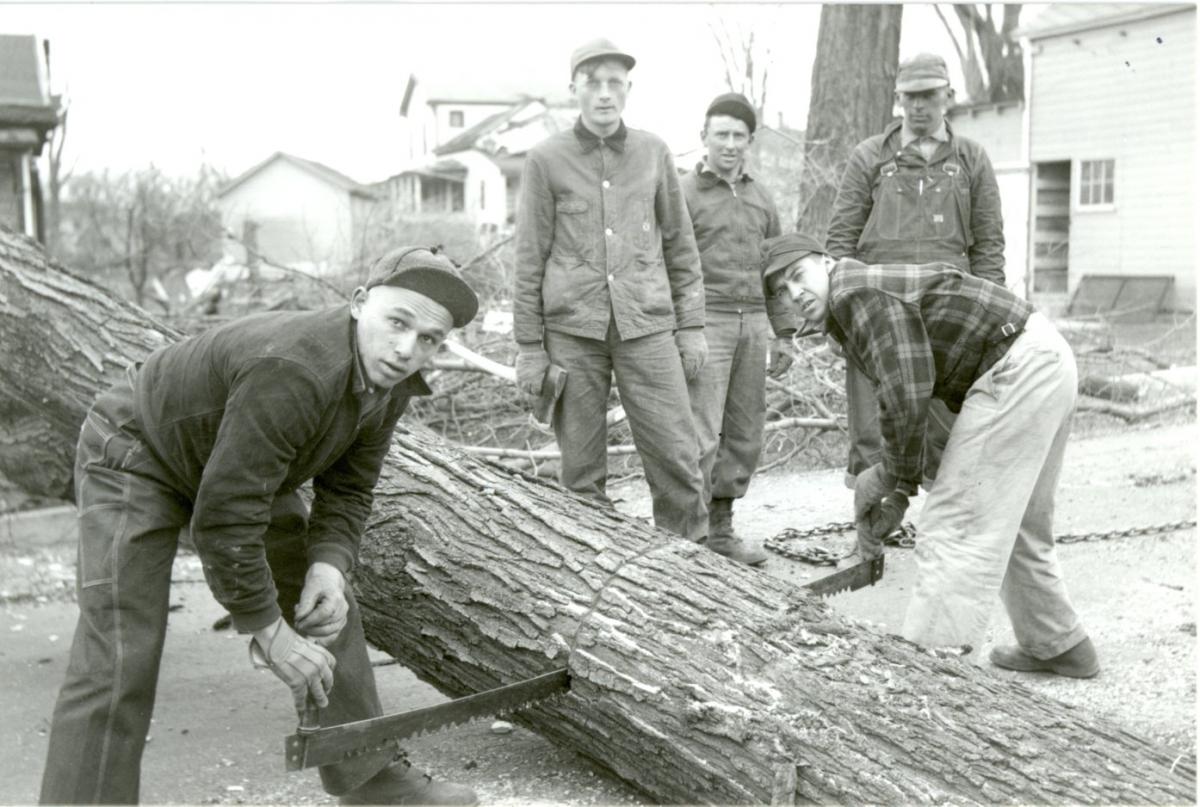 CPS Camp # 22, Henry, IllinoisMen are helping after March 1942 tornado at nearby Lacon, IL. Left to right: Floyd F. Yoder, Kalona, Iowa, Orville C. Smith, Summer Iiowa.Photo # B. Box 1, Folder 14. MCC Photographs, Civilian Public Service, 1941-1947. IX-13-2.2. Mennonite Central Committee Photo Archive
CPS Camp # 22, Henry, IllinoisMen are helping after March 1942 tornado at nearby Lacon, IL. Left to right: Floyd F. Yoder, Kalona, Iowa, Orville C. Smith, Summer Iiowa.Photo # B. Box 1, Folder 14. MCC Photographs, Civilian Public Service, 1941-1947. IX-13-2.2. Mennonite Central Committee Photo Archive -
 CPS Camp No. 22Deep River Echo was a newsletter published by the men at Camp 22 from March to October 1942.Digital Image from American Friends Service Committee: Civilian Public Service Records (DG002), Swarthmore College Peace Collection, Swarthmore, Pennsylvania
CPS Camp No. 22Deep River Echo was a newsletter published by the men at Camp 22 from March to October 1942.Digital Image from American Friends Service Committee: Civilian Public Service Records (DG002), Swarthmore College Peace Collection, Swarthmore, Pennsylvania -
 CPS Camp 22, Henry, IllinoisSix men transferred to NE to help in opening a new camp at Weeping Water. Roy Ehresman, Donald G. gundy, Willard E. Schrock, Paul M. Springer, Eldon A. Schertz, Ralph H. StreidMennonite Central Committee Archival PhotoApril, 1942
CPS Camp 22, Henry, IllinoisSix men transferred to NE to help in opening a new camp at Weeping Water. Roy Ehresman, Donald G. gundy, Willard E. Schrock, Paul M. Springer, Eldon A. Schertz, Ralph H. StreidMennonite Central Committee Archival PhotoApril, 1942 -
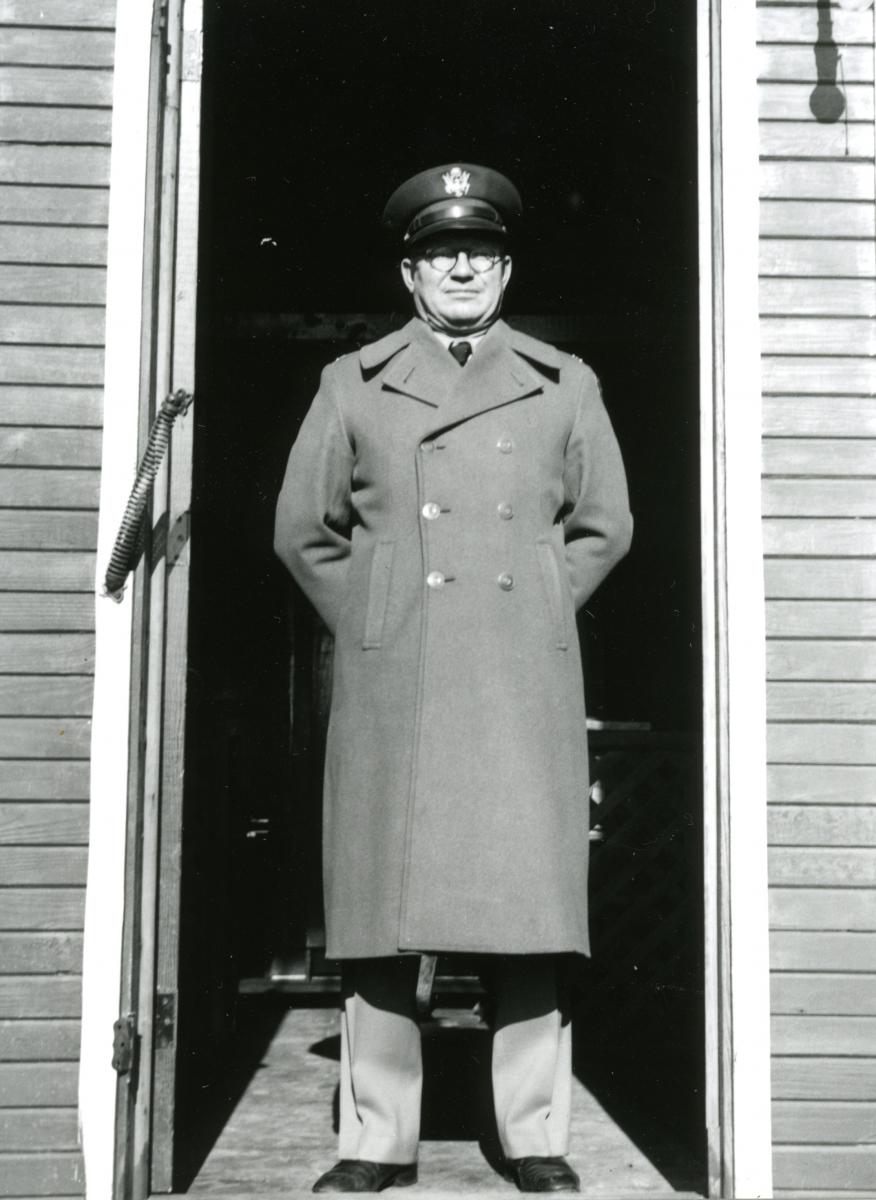 Col. KoschCol. Lewis Kosch, deputy to Major General Lewis B. Hershey. Col. Kosch periodically visited and inspected the CPS camps to give guidance and check on sanitation etc.--especially in the early months of CPS camps.Mennonite Central Committee Archival Photo
Col. KoschCol. Lewis Kosch, deputy to Major General Lewis B. Hershey. Col. Kosch periodically visited and inspected the CPS camps to give guidance and check on sanitation etc.--especially in the early months of CPS camps.Mennonite Central Committee Archival Photo -
 Partial Kitchen Crew, CPS Camp #22, Henry, ILL to R: Samuel L. Yoder, cook, Willard Schrock, cook, Mrs. Ralph Hernley, dietitian, Daniel Yutzy, cook, Edwin Martin, waiter, Wm Hiebert, storeroom clerk, Leon Ratzlaff, head waiterMennonite Central Committee Archival Photo
Partial Kitchen Crew, CPS Camp #22, Henry, ILL to R: Samuel L. Yoder, cook, Willard Schrock, cook, Mrs. Ralph Hernley, dietitian, Daniel Yutzy, cook, Edwin Martin, waiter, Wm Hiebert, storeroom clerk, Leon Ratzlaff, head waiterMennonite Central Committee Archival Photo -
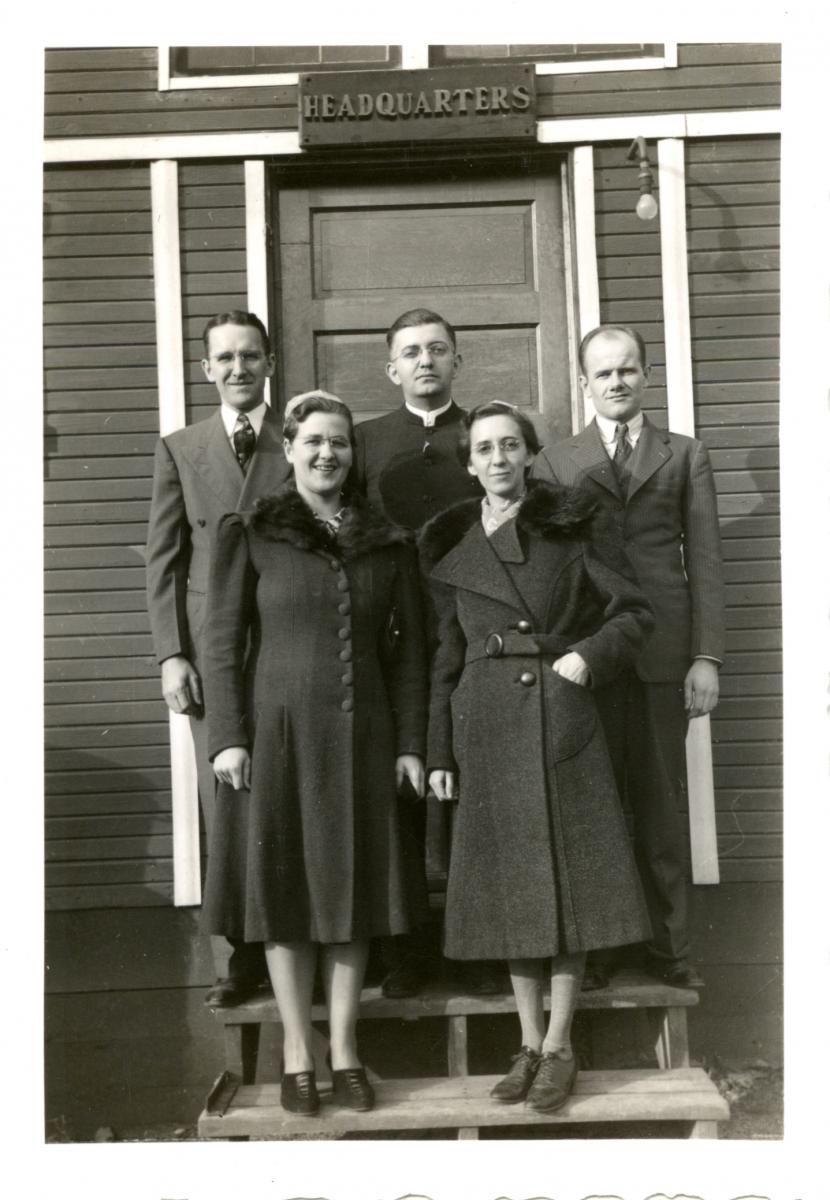 Administrative Staff, CPS Camp # 22 at Opening DayL to R Ralph Hernley, Educational Director, Elizabeth Hernley, Dietitian, Leland A. Bachman, Director, Elsie Bachman, Matron, Cornelius P. Lohrenz, Business Mgr.Mennonite Central Committee Archival PhotoDecember, 1941
Administrative Staff, CPS Camp # 22 at Opening DayL to R Ralph Hernley, Educational Director, Elizabeth Hernley, Dietitian, Leland A. Bachman, Director, Elsie Bachman, Matron, Cornelius P. Lohrenz, Business Mgr.Mennonite Central Committee Archival PhotoDecember, 1941
-
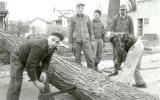
-

-
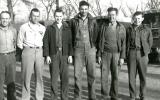 April, 1942
April, 1942 -
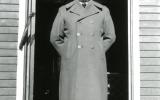
-
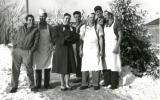
-
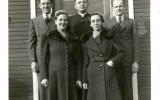 December, 1941
December, 1941
CPS Camp No. 22, a Soil Conservation Service base camp located at Henry, Illinois and operated by Mennonite Central Committee, opened in November 1941 and closed in November 1942, partly because of hostile attitudes toward conscientious objectors. The men built fences, stock ponds and performed a variety of soil erosion duties.
Operating for one year at Henry, thirty-five miles north of Peoria, the camp moved to Downey, Idaho as CPS Camp No. 67.
Directors: Leland Bachman, Ora Keiser
Dietician: Elizabeth Sieber Hernley
Matron: Mrs. Ora Keiser, Mrs. Leland A. Bachman
Typically, men at the Mennonite camps upon entry to CPS reported denominational affiliation with Mennonite groups, and that was the case at Henry. Some men at Henry were married.
The majority of men in Mennonite camps and units when entering CPS reported their occupation as farming or other agricultural work, while twelve percent reporting technical or professional work, eleven percent business and management, sales and public relations. Nine percent reported entering from skilled or semi-skilled trades work and five percent reported entering as students. On average, men serving in Mennonite camps had completed 10.45 years of education. (Sibley and Jacob pp. 171-72)
The men at Henry planted trees, built sod flumes, laid tile drainage ditches, built earth fills and stock ponds and surveyed for contour farming. They spent much time building fences. Some men used carpentry skills on construction duties at the camp while other men served as cooks, janitors and performed other camp maintenance work.
When a tornado struck Lacon, Illinois in March, 1942, Camp Henry men immediately went to the aid of the town, first clearing fire paths through the streets. A crew continued on for several months providing 2,400 working days toward the town’s reconstruction. When the townspeople learned that the men worked without pay, attitudes softened for some and COs won respect for their service to Lacon.
When the camp closed, some of the men were selected to serve at the New Jersey State Hospital at Marlboro in the mental health unit.
At one point, when hostile locals threatened “to go up the river to the camp and wipe out the COs”, Daniel Yutzy a CO and cook urged his wife to leave, and within hours she left for her home community of Middlebury, Indiana. (Goossen p. 64)
Rachel S. Fisher had followed her husband Bob to the camp, finding work as a maid for a “well-to-do widow” in Henry. Her employer Mrs. Dauber, even drove to the camp to pick up Bob and bring him to her home in Henry to visit Rachel, asking him “to lie low in the car so he would not be noticed by the local residents”. (“A Wife’s Story” by Rachel S. Fisher in Keim p. 103)
Part of the education program in Mennonite camps included a course on Mennonite Heritage. All enrolled in the course, which included six booklets addressing questions on war and peace.
The camp dietician Elizabeth Hernley gardened with the COs in a plot that enjoyed high yield. With bushels of produce at harvest, she taught courses to interested men on canning and preserving. (Goossen p. 88)
The men published a camp paper Deep River Echo from March 5, 1942 to October 1942.
Men at Camp Henry made hooked rugs, just as at a number of other camps.
For more information on the work, life and programs in soil conservation camps see Melvin Gingerich, Service for Peace: A History of Mennonite Civilian Public Service. Akron, PA: Mennonite Central Committee printed by Herald Press, Scottdale, PA 1949, pp. 108-124.
For more information on women COs see Rachel Waltner Goossen, Women Against the Good War: Conscientious Objection and Gender on the American Home Front, 1941-47. Chapel Hill, NC: The University of North Carolina Press, 1997.
For general information on CPS camps see Albert N. Keim, The CPS Story: An Illustrated History of Civilian Public Service. Intercourse, PA: Good Books 1990.
See also Mulford Q. Sibley and Philip E. Jacob, Conscription of Conscience: The American State and the Conscientious Objector, 1940-1947. Ithaca, NY: Cornell University Press, 1952.
Swarthmore College Peace Collection, Camp periodicals database.